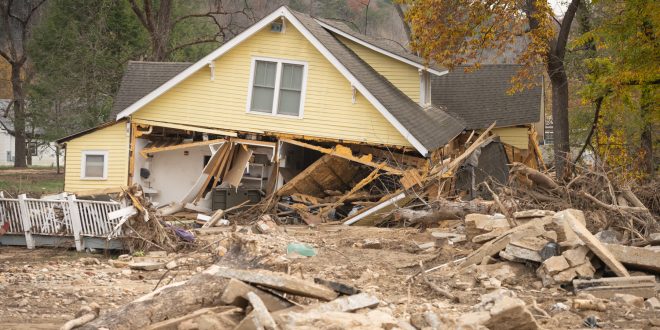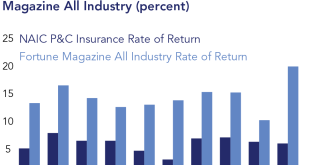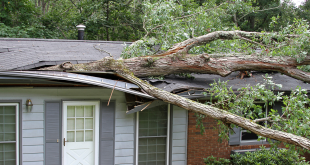The escalating cost of home insurance in North Carolina is rapidly transitioning from a concern to a full-blown crisis, leaving homeowners scrambling to find affordable coverage and potentially jeopardizing the state’s housing market. Coastal communities are particularly vulnerable, but inland areas are also experiencing significant premium hikes and dwindling policy options. This article will delve into the factors driving this crisis, explore the hardest-hit regions, and examine potential solutions for North Carolina homeowners facing an uncertain future. Let’s unpack this, shall we? Because, honestly, who isn’t stressed about home insurance these days?
The Driving Forces Behind the Crisis
Okay, so what’s actually making your home insurance bill look like a ransom demand? There’s a bunch of stuff going on, and it’s not just one simple thing.
Increased Frequency and Severity of Natural Disasters
Think about it: Hurricanes seem to be getting angrier, floods are, well, flooding more places, and wildfires? Don’t even get me started. All these weather events lead to more payouts from insurance companies, which means they have to reassess the risk. And when they reassess, guess who pays? You do. It’s a vicious cycle, isn’t it? Honestly, sometimes I feel like Mother Nature is just trolling us at this point.
Rising Reinsurance Costs
You know how insurance companies need insurance too? It’s called reinsurance. These reinsurance companies are upping their rates because they see North Carolina as a bigger risk now. And guess what? Those costs trickle down to you. It’s like that old song – the hip bone’s connected to the thigh bone…and eventually, it’s connected to your wallet. Annoying, right?
State Regulations and Rate Approval Processes
The North Carolina Department of Insurance is trying to walk a tightrope. They have to keep insurance affordable for homeowners, but they also need to make sure insurance companies can actually, you know, make money. It’s a balancing act, and sometimes things get a little wonky. It’s all about finding that sweet spot where everyone wins…or at least doesn’t lose too badly.
Construction Costs and Inflation
Ever tried to build anything lately? Lumber prices are insane! So, if your house gets damaged, the cost to rebuild it is way higher than it used to be. This means insurance companies have to pay out more when a claim happens, which, you guessed it, leads to higher premiums. Thanks, inflation! You’re really helping us out (insert sarcasm here).
Hardest Hit Regions in North Carolina
It’s not all doom and gloom everywhere, but some areas are definitely feeling the pinch more than others when it comes to home insurance woes.
Coastal Communities
Living on the Outer Banks is dreamy…until a hurricane shows up. Coastal areas are super vulnerable to wind and flood damage, which makes insurance companies nervous. Living near the water is awesome, until your insurance bill looks like you’re paying for beachfront property in Monaco.
Mountain Regions
Mountains are beautiful, but they come with their own set of risks. Wildfires and landslides can wreak havoc, and that’s not exactly a selling point for insurance companies. Who would have thought paradise could be so pricey?
Areas Prone to Flooding
If you live in a designated flood zone, you’re probably already familiar with the struggles of getting affordable insurance. Federal flood insurance is an option, but it’s not always enough, and the premiums are…well, let’s just say they’re not getting any cheaper. Do you know what’s even worse? Not knowing you’re in a flood zone until…it floods!
Impact on Homeowners and the Housing Market
So, how is all this affecting real people? Grab a cup of coffee, because this is where it hits home (pun intended).
Rising Premiums and Deductibles
I’ve heard stories of people’s insurance costs doubling! And then you factor in higher deductibles, and it’s like, “Can I even afford to use my insurance?” It’s like paying for a gym membership you’re too afraid to actually use.
Difficulty Obtaining Coverage
Imagine trying to buy a house, only to find out no one will insure it. This is becoming a reality for some folks in high-risk areas. Suddenly, that dream home turns into a stressful nightmare. And honestly, nobody needs more stress in their life, right?
Impact on Property Values
High insurance costs can make certain areas less attractive to buyers, which can bring down property values. It’s a domino effect – high insurance, fewer buyers, lower prices. It’s not a pretty picture, and it’s a real concern for homeowners trying to sell.
Strain on State Resources
If more people can’t afford insurance or their homes get damaged, the state might need to step in with financial assistance. That means more pressure on state resources, which could affect everything from schools to roads. It’s a community-wide problem, that’s for sure.
Potential Solutions and Mitigation Strategies
Okay, enough doom and gloom. What can we actually do about this mess?
Strengthening Building Codes and Infrastructure
Stronger building codes can help homes withstand storms and other disasters, which can reduce the risk of damage and lower insurance costs. Plus, investing in better infrastructure, like drainage systems, can help prevent flooding. It’s like building a fortress against the elements. A little effort up front can save a whole lot of heartache later.
Promoting Community Resilience Programs
Communities that are prepared for disasters tend to recover faster. Things like neighborhood watch programs, emergency preparedness training, and just generally looking out for each other can make a big difference. It’s all about neighbors helping neighbors, and honestly, that’s a pretty good feeling.
Exploring Alternative Insurance Models
Could the state step in and offer some kind of backup insurance plan? It’s an idea worth exploring, especially if it helps keep coverage accessible for everyone. Thinking outside the box is key here. Maybe there’s a completely different way to approach this that we haven’t even thought of yet.
Advocating for Federal Disaster Assistance
North Carolina needs to make sure it gets its fair share of federal disaster relief funds. These funds can help communities rebuild after a disaster and provide assistance to homeowners who have lost everything. After all, when the chips are down, you want Uncle Sam to have your back, right?
Finding a fix isn’t going to be easy, and it’s going to take cooperation from everyone involved – state and federal agencies, insurance companies, and, yes, even you. Keep an eye on those premiums, stay informed, and maybe start thinking about those community resilience programs. After all, we’re all in this together, and a little preparation can go a long way. Who knows, maybe you’ll become a community hero!
 seeme
seeme




